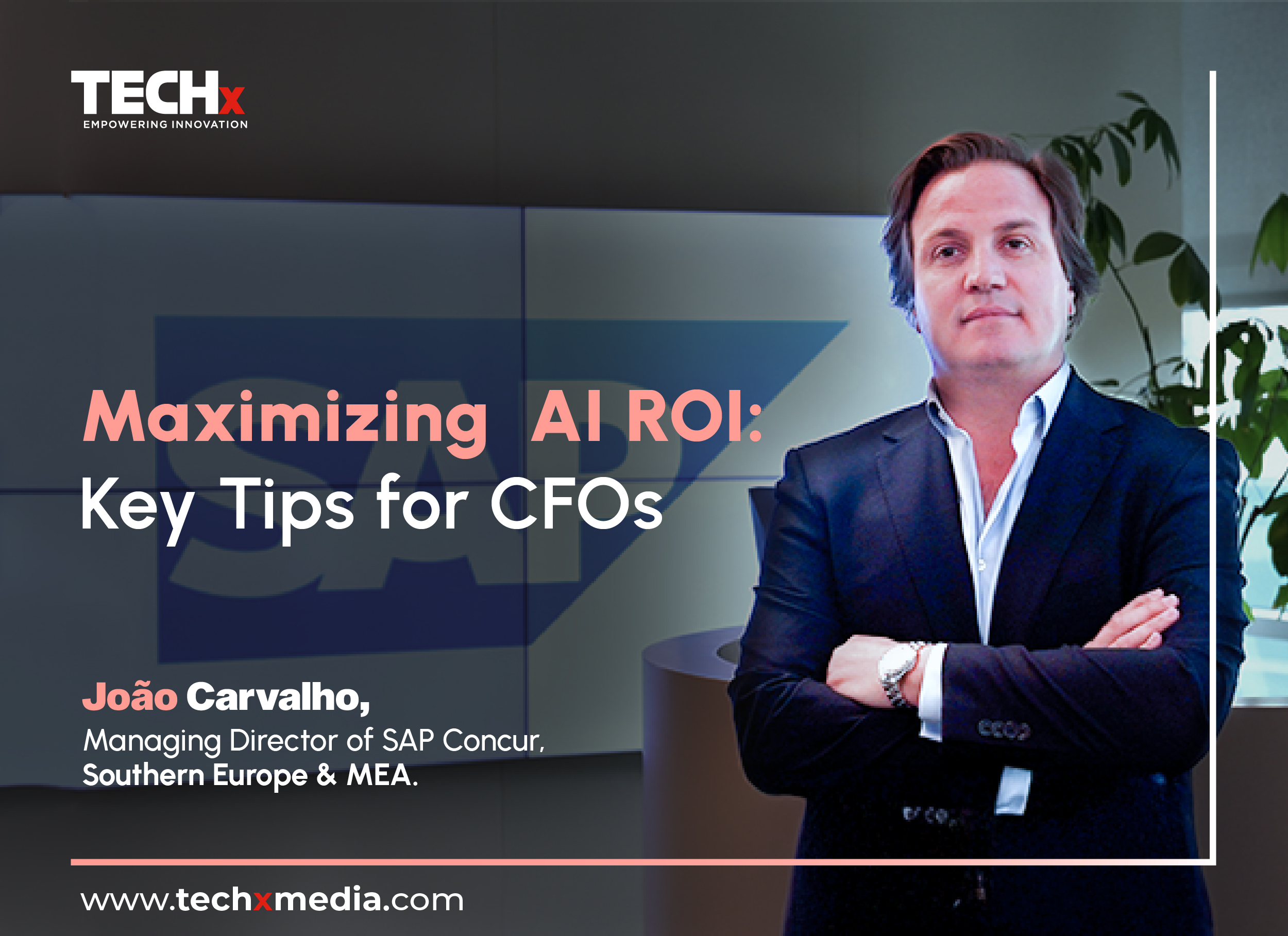
Nearly one-third of artificial intelligence (AI) projects may be scrapped by 2025 as rising costs outweigh the perceived value, according to recent findings by Gartner. This growing challenge has led many CEOs to turn to CFOs to assess whether AI investments are truly worth the cost.
“Determining the return on investment (ROI) of AI can often feel like solving a puzzle with missing pieces,” said João Carvalho, Managing Director of SAP Concur in Southern Europe and the Middle East and Africa. Carvalho emphasizes that AI in the workplace remains in its early stages, with few established templates for implementation and success. This lack of proven strategies makes it difficult for CFOs to define and measure ROI amid fluctuating market conditions, adoption rates, and high operational costs.
To help organizations maximize AI’s value, Carvalho offers four key strategies:
1. Adopt Multi-Disciplinary Standards for Success
Achieving strong returns on AI investments requires maintaining high standards across multiple domains. Deloitte reports that top-performing companies excel in data management, results tracking, security, privacy, and governance. High-quality data fuels AI models, consistent results tracking enables adaptable strategies, and robust security measures ensure data protection and ethical standards.
2. Secure Early Wins and Leverage Initial Insights
Focusing on early wins can build foundational evidence that justifies continued AI investment. By quickly expanding successful pilot projects, organizations can demonstrate AI’s value and keep stakeholders engaged. However, calculating AI ROI requires balancing financial and strategic benefits. Early analysis also helps align AI insights with broader business goals, supporting long-term investments.
3. Tailor Measurement Metrics to Organizational Goals
AI’s benefits vary, making it challenging to apply standardized ROI measurements. Beyond core financial metrics, factors like quality improvements, innovation, and compliance should also be considered. IDC reports that organizations typically take about 14 months post-deployment to achieve AI ROI, highlighting the importance of patience and tailored measurement metrics.
4. Acknowledge the Human Aspect of AI ROI
Defining AI ROI is challenging, especially with talent gaps. According to the Institute of Management Accountants, 52% of companies report a lack of skilled workers, highlighting the need for investment in both technology and workforce training. AI adoption can reduce training costs and attract young professionals eager to work with advanced tools. The goal is to enhance team capabilities, not replace human roles.
Carvalho advises evaluating AI projects with a portfolio-based approach rather than assessing each one individually. This approach considers factors like talent attraction and development. Collaboration between departments, particularly with IT, is essential for success. According to the SAP Concur CFO Insights report, 53% of finance leaders agree they need to partner with IT heads on AI, 49% highlight collaboration on digital transformation, and 24% focus on cybersecurity.
“Organizations today have many options for AI implementation, and a key consideration is whether to build or buy,” Carvalho noted. “Custom software offers exclusivity but requires a long-term roadmap, while buying can bring quicker results.”
He concludes, “Partnering with experts to understand the ROI equation can help you calculate the best mix for your organization—wherever you are on the AI journey.”